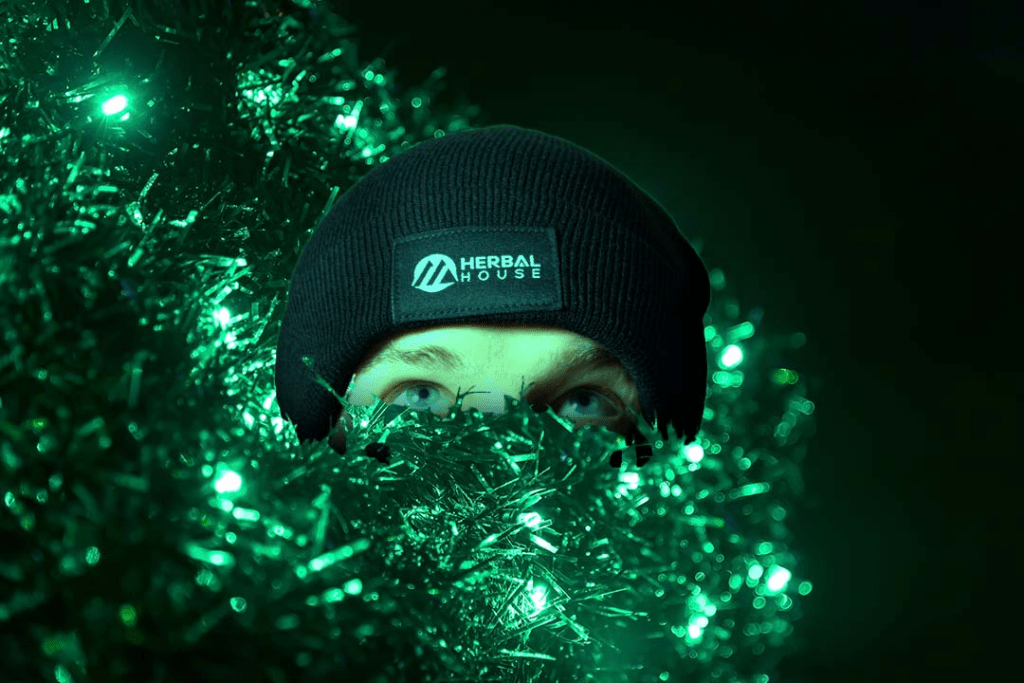
How does green light affect plant growth at night?
This part will breakdown everything you need to know about the effect of green light on plants.
Contents
- Green light wavelengths 500-600nm
- Green light for plants at night
Green light wavelengths 500-600nm
For the most part, green light is actually seen as the least effective wavelength for photosynthesis. But it still has its uses. While some of the light is reflected by the leaves, rather than absorbed, the majority of the green light will get through to be used.
Around 10-50% of green light will be reflected by the plant, as chlorophyll can struggle to absorb it as well as other wavelengths. This is what makes your plants look so green. When the chlorophyll is saturated with red and blue wavelengths during photosynthesis, green can sneak its way through deep into the leaves of the lower canopy. What does all this mean? Well, it means that green light actually helps to improve the photosynthetic efficiency – which could lead to higher yields for you.
Green light as a supplementary light also helps to regulate the stomata; tiny openings on the leaves that let go of excess water and exchange carbon dioxide.
Green light for plants at night
If you’re growing in a greenhouse, your plants will be exposed to plenty of green light during the day. However for darker periods, or for those growing indoor, you’ll need supplemental green light to ensure your plants can make the most of their photosynthesis process.
One thing to note is that our range of led grow lights and the majority of other lights have green light built in as that is what makes the light emit an even white color.
This part will breakdown everything you need to know about the effect of green light on plants.
Contents
- Green light wavelengths 500-600nm
- Green light for plants at night
Green light wavelengths 500-600nm
For the most part, green light is actually seen as the least effective wavelength for photosynthesis. But it still has its uses. While some of the light is reflected by the leaves, rather than absorbed, the majority of the green light will get through to be used.
Around 10-50% of green light will be reflected by the plant, as chlorophyll can struggle to absorb it as well as other wavelengths. This is what makes your plants look so green. When the chlorophyll is saturated with red and blue wavelengths during photosynthesis, green can sneak its way through deep into the leaves of the lower canopy. What does all this mean? Well, it means that green light actually helps to improve the photosynthetic efficiency – which could lead to higher yields for you.
Green light as a supplementary light also helps to regulate the stomata; tiny openings on the leaves that let go of excess water and exchange carbon dioxide.
Green light for plants at night
If you’re growing in a greenhouse, your plants will be exposed to plenty of green light during the day. However for darker periods, or for those growing indoor, you’ll need supplemental green light to ensure your plants can make the most of their photosynthesis process.
One thing to note is that our range of led grow lights and the majority of other lights have green light built in as that is what makes the light emit an even white color.
